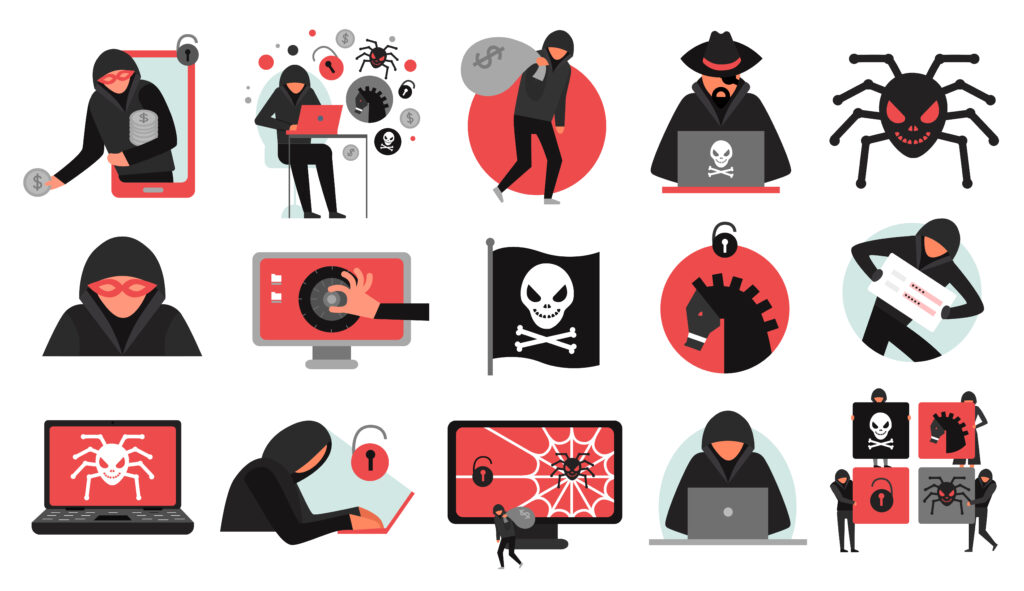In the realm of cybersecurity, trojans stand as one of the most notorious threats. Disguised as benign software, these malicious programs can infiltrate your PC, compromising your data, privacy, and overall system integrity. To safeguard your digital environment, it’s crucial to be vigilant and proactive in detecting trojans. This article delves into the best ways to check for a trojan on your PC, empowering you to uncover and neutralize these digital intruders.

Understanding Trojans: A Stealthy Threat
Trojans, named after the legendary Greek story of the wooden horse, are a type of malware that masquerades as legitimate software or files to deceive users into unknowingly installing them. Once inside your system, they can open backdoors, steal sensitive data, monitor your activities, or even provide a gateway for other malicious software to enter.
Effective Methods to Check for Trojans:
-
Use Reliable Antivirus Software: Equipping your PC with reputable antivirus software is one of the most effective ways to detect and remove trojans. Regularly update your antivirus program to ensure it has the latest threat definitions and perform comprehensive scans of your system. The software will flag any suspicious files or activities for further action.
-
Run On-Demand Scans: In addition to real-time protection, perform on-demand scans using your antivirus software. These scans can be scheduled or initiated manually to thoroughly examine your system for any potential trojans that may have evaded real-time detection.
-
Employ Anti-Malware Tools: Consider using dedicated anti-malware tools alongside your antivirus software. Anti-malware programs often focus on identifying and removing a broader range of malicious software, including trojans.
-
Update Your Operating System: Regularly updating your operating system (OS) is crucial. OS updates often include security patches that address vulnerabilities that trojans may exploit. Keep your OS and all installed applications up to date to minimize the risk of trojan infiltration.
-
Monitor Network Activity: Use network monitoring tools to keep an eye on your network traffic. Unusual or suspicious network activity can be a sign of a trojan trying to communicate with a command and control server or transfer data surreptitiously.
-
Inspect Startup Programs: Check your PC’s startup programs to ensure that only legitimate applications are set to launch at boot. Trojans may disguise themselves as startup programs to gain persistence on your system.
-
Analyze Unusual Behavior: Pay attention to any unusual behavior exhibited by your PC. Slow performance, unexpected crashes, frequent pop-ups, or changes in system settings could be indicators of a trojan infection.
-
Use Online Scanners: Several online security companies offer free online malware scanners. Upload files or provide URLs to these scanners to quickly check for trojans without installing additional software.
-
Scan Email Attachments: Trojans can often spread through email attachments. Before opening any attachments, scan them with your antivirus software to ensure they are safe.
-
Implement Firewall Protection: Enable and configure your PC’s firewall to prevent unauthorized access and communication. Firewalls can block trojans from sending and receiving data, limiting their ability to function effectively.
-
Beware of Phishing: Trojans can often be delivered through phishing emails that trick users into clicking on malicious links or downloading infected attachments. Be cautious and verify the authenticity of any emails before interacting with them.
-
Regularly Backup Data: Frequently back up your important data to an external or cloud storage service. In case of a trojan infection, having a recent backup ensures that you can restore your data without paying ransom or losing valuable information.
Preventive Measures to Avoid Trojan Infections:
-
Exercise Caution Online: Be cautious when downloading files, clicking on links, or visiting unfamiliar websites. Stick to trusted sources and avoid clicking on enticing offers that seem too good to be true.
-
Keep Software Updated: Regularly update your operating system, web browsers, plugins, and other software to minimize vulnerabilities that trojans can exploit.
-
Use Strong Passwords: Employ complex, unique passwords for your accounts and enable two-factor authentication whenever possible. This prevents unauthorized access to your accounts, reducing the risk of trojan attacks.
-
Educate Yourself: Stay informed about the latest trojan threats and cybersecurity best practices. Awareness is key to recognizing potential risks and taking appropriate measures.
In Conclusion: Vigilance and Preparedness Are Key
Detecting and combating trojans requires a combination of vigilance, reliable security software, and cautious online behavior. Regularly updating your software, running thorough scans, and being aware of potential indicators of trojan infections can go a long way in protecting your PC and personal information. By implementing a multi-layered security approach and staying informed about evolving threats, you can effectively minimize the risk of falling victim to trojan attacks and maintain a secure digital environment.